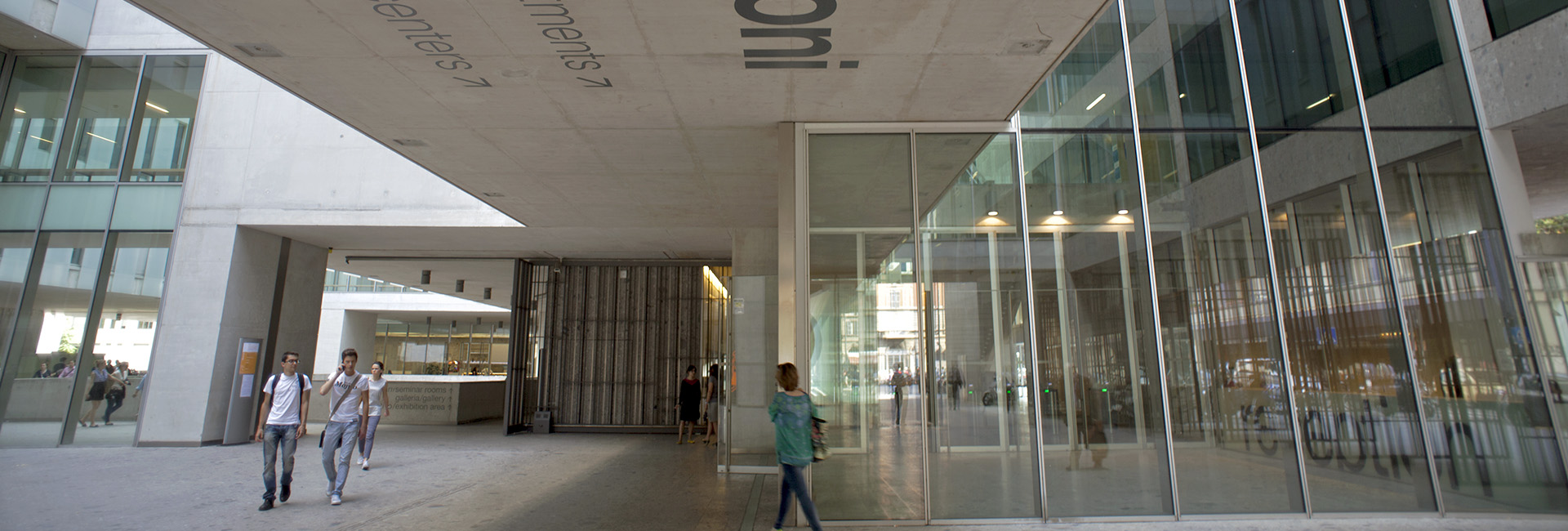50064 - CIVIL LIBERTIES AND HUMAN RIGHTS
CLMG - M - IM - MM - AFC - CLAPI - CLEFIN-FINANCE - CLELI - ACME - DES-ESS - EMIT
Course taught in English
Go to class group/s: 31
The main purpose of this course is to provide students with a deep comprehension of the main aspects of the protection of civil liberties and human rights at the national level, from both a comparative and an historical perspective, and at the international level.
First part
-
Civil liberties, libertés publiques, libertades públicas: a history
-
Civil liberties: a definition between positivism and ius naturale
-
The general categories
-
Fundamental rights in comparative public law
-
Law and rights: police power and the rule of law
-
Right’s suspension, derogation, limitation in constitutional history
-
Rights and the global order: after 9/11, the comparative experience
-
Freedom of association in comparative law
-
The right to privacy and its progeny
-
The guarantees to the protection of civil liberties
Second part
-
Human rights in international law; an historical perspective
-
The different ‘generations’ of human rights
-
Are human rights truly universal?
-
The role of political bodies of international organizations
-
The mechanisms for the protection of human rights at the universal level
-
The regional courts for the protection of human rights, in particular the European Court of Human Rights
-
Human rights in armed conflicts
-
The criminal repression of serious violations of human rights in international law
The final examination is a written exam: two questions for each part of the course.
The final mark is based on the average of the two parts of the written exam.
Students who choose not to attend the class take a written exam on the whole of materials and texts mentioned above.
-
C. TOMUSCHAT, Human Rights. Between Idealism and Realism, Oxford, Oxford University Press, 2008, 2nd edition (ad eccezione dei capitoli 5,10,13,14)
-
further materials to be provided at the beginning of the course. Materials to be provided on the web learning.





